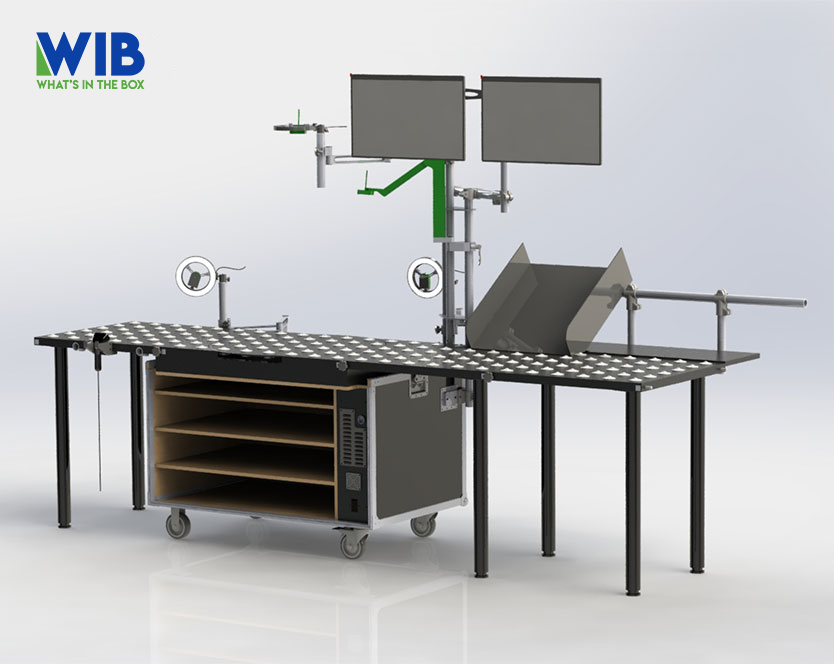

At RadixData we are tasked with rationalizing the data to the objectives of the engagement and deliver a clean and higher order data set which can feed other software applications. Our records expertise includes a deep understanding of the information governance, enterprise content management and records management disciplines.
Our team is comprised of the following skill sets.
SOLUTIONS
Data Mining
What's In the Box (WIB™)
USEFUL LINKS
Relativity Review
WIB™ Review
Contact Us
POLICIES
Terms of Service
Privacy Policy